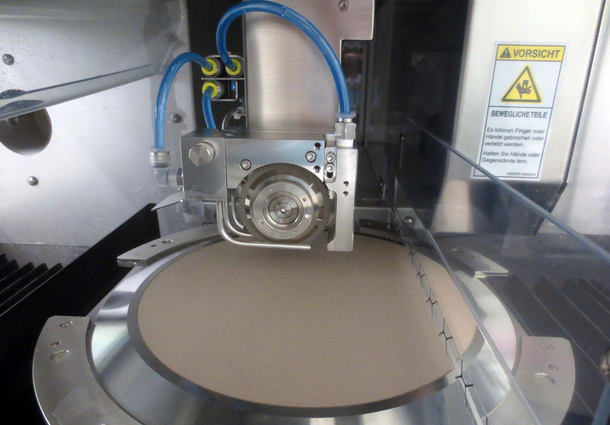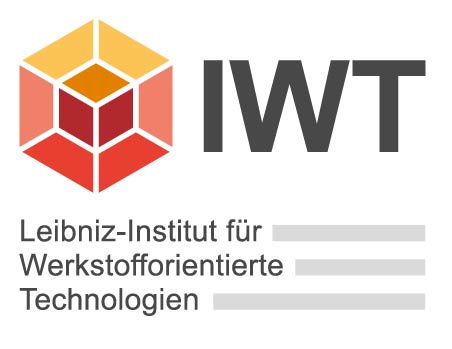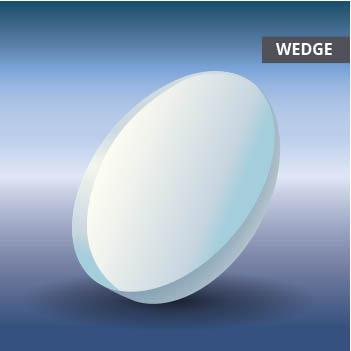Rutronik: Buck Converters – From Circuit to Fully Integrated Module
January, 2021: Buck converters have been in use for a century now, and it’s impossible to imagine modern electronic circuitry without them. This article shows how a clunky electromechanical component has transformed into a miniature PCB-mounted component that can process hundreds of watts of output.
Buck converters convert a supply voltage into a lower output voltage. Their basic elements are shown in Figure 1. First, switch SW1 is closed, which causes electricity to flow into coil L1. This causes the current flow to rise continuously until switch SW1 is opened and switch SW2 is closed. This causes a change in the current flow. Capacitor C1 serves as an integrator; the resultant output voltage is therefore a function of the current and the switch-on times of switches SW1 and SW2.
S1 and S2 were originally actually mechanical switches that were quickly replaced by silicon – S1 with a transistor and S2 with a diode.
Circuits Change with Technology Progress
Over the years as many components as possible have been incorporated into circuits to reduce cost and size. The ability to integrate the main switch S1 directly into the controller IC was a breakthrough. The coil and diode were still external. To further increase efficiency, newer versions then implemented both switches (SW1 and SW2) using MOSFETs, which enabled switching frequencies of up to 2MHz.
Now the aim was to take another step towards miniaturization. As a result of the constant increases in switching frequencies, it was now possible to reduce the size of the coil construction. The amplitudes of the currents fell, which affected the size of the basic capacitor. The use of higher-grade capacitors with reduced internal heat generation further supported this advancement.
More Efficiency with Small Size
The current objective is to reduce design sizes while further increasing efficiency. To achieve this, the cycle-switched power circuits must be minimized and the components on the z-axis must be mounted above one another. This can be achieved most simply using flip chip-on-lead frame (FCOL) packaging technology, which has the controller IC (with integrated power transistors) vertically connected to the lead frame directly – alongside an SMD choke that is also mounted directly on the lead frame (Figure 2).
This construction enables fully automated production of highly compact buck converter modules. This shortens the connections of the self-shielding inductor, thus also having a positive effect on electromagnetic compatibility. Products manufactured in this way can also be molded on, which creates a leadless QFN package (quad flat no-leads) with a MSL3 rating and provides full environmental protection. One example of this is the Recom RPX series (Figure 3) with a 2.5A output adjustable to between 1.2V and 6V in a package measuring just 4.5mm x 4mm x 2mm that only requires external input and output capacitors.
These modules are complete solutions that can be mounted on the user's PCB using standard SMD assembly and furnace soldering processes. Recom recently introduced two more RPX series power modules based on FCOL technology. The RPX-1.0 and RPX-1.5 modules can be shipped in ultracompact QFN packages measuring just 3mm x 5mm x 1.6mm with supply voltages of up to 1.5A at 36V DC.
Conclusion
Buck converters have evolved significantly over many decades. Innovations from capacitor, inductor, controller IC and packaging technology have enabled integration of all components into increasingly miniaturized packages with ever increasing power densities. The aim of making DC/DC converters with low power consumption akin to an IC is now largely achieved by combining innovative 3D power packaging technologies for both isolated and non-isolated converters. Further improvements to performance and power density are to be expected in the future. For general use as modules, however, fully-equipped buck converters have similar dimensions to those of normal SMT components and will also be used in the final application.
More information here.





